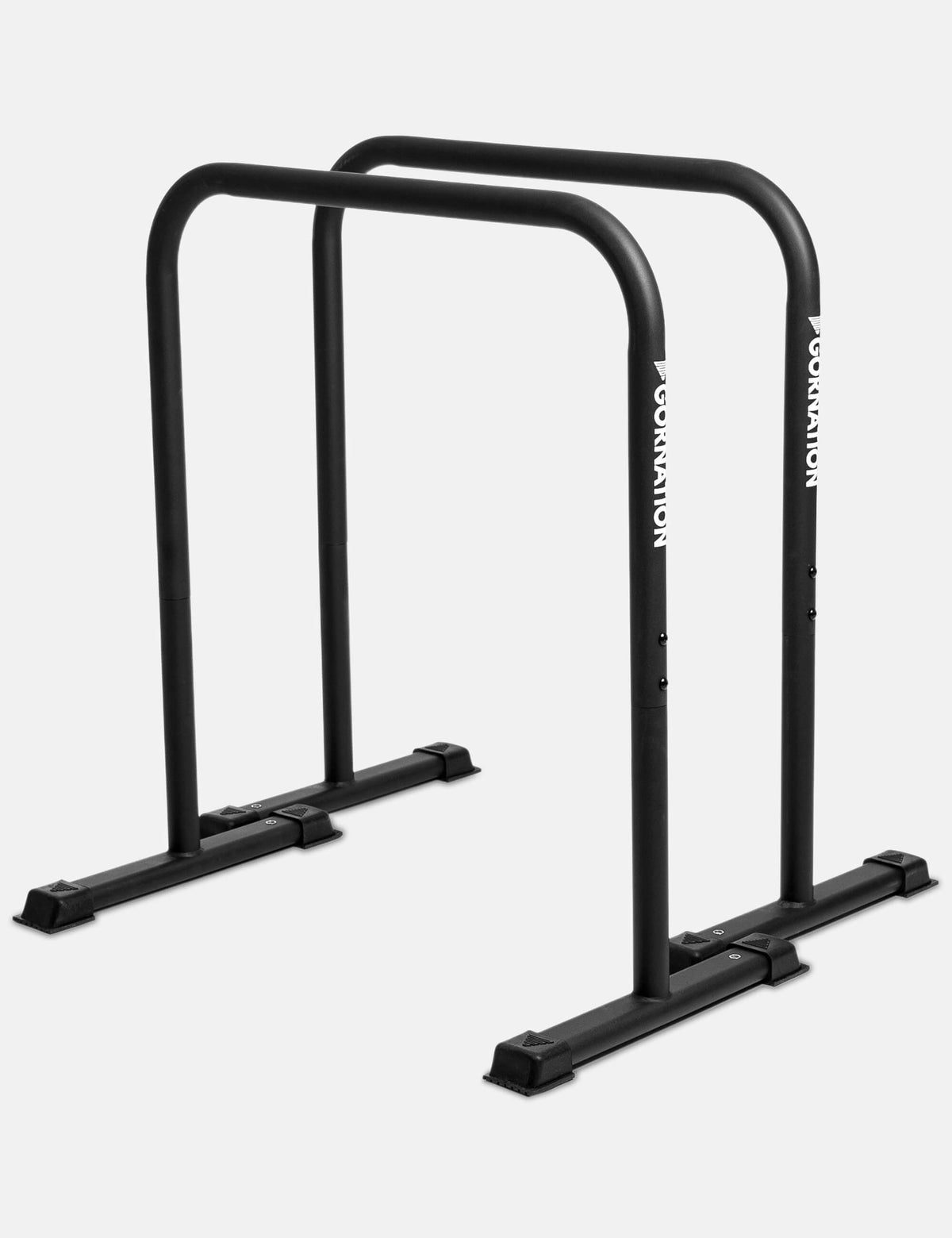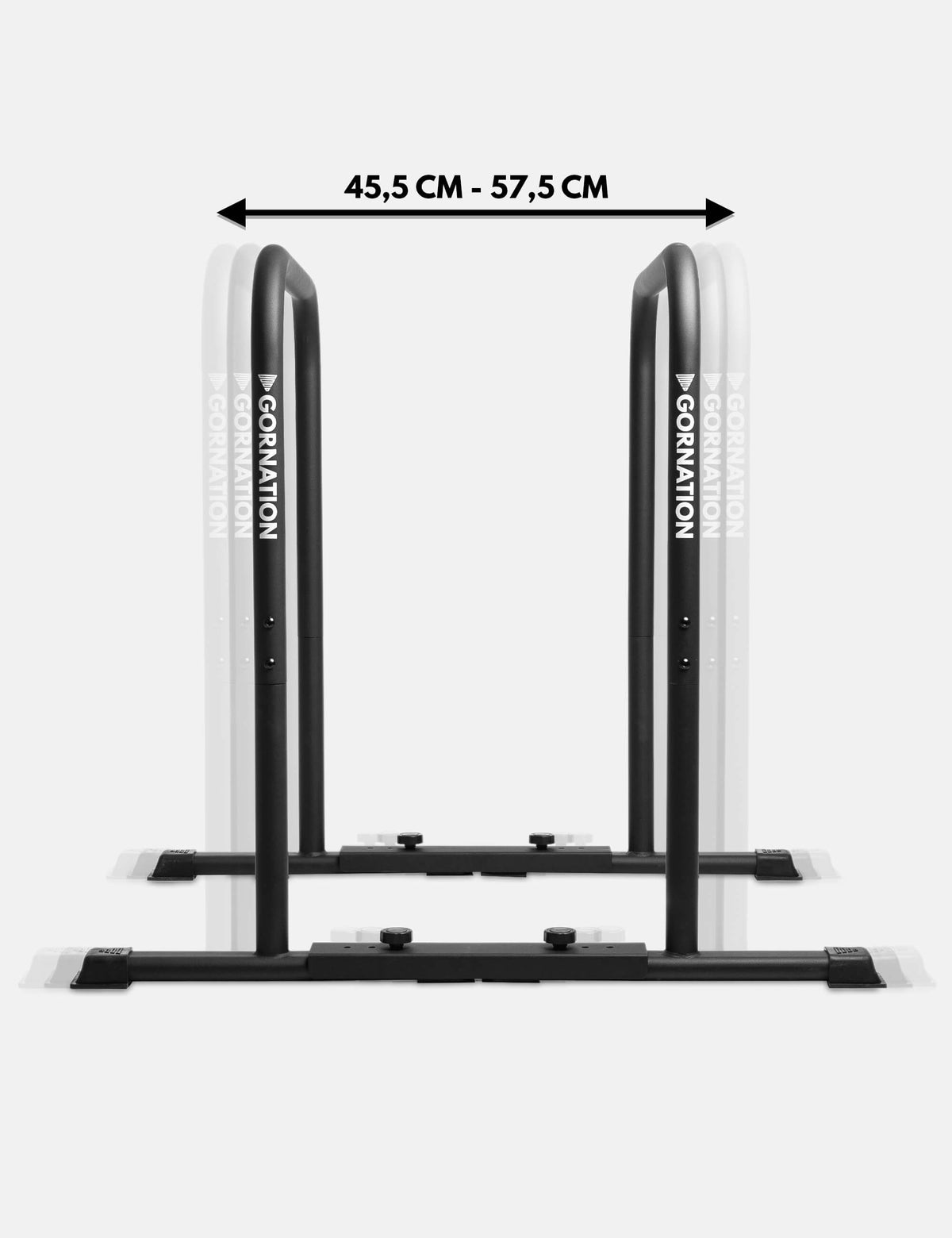How to do the exercise
The One Arm Handstand is one of the most advanced calisthenics skills, demanding exceptional strength, balance, and joint control. It requires patience, consistency, and a solid foundation in handstand work. Here’s how to perform the One Arm Handstand step by step:
1. Starting Position
Begin in a stable handstand with your hands set shoulder-width apart. Engage your core, keep your legs tight, and find your balance while distributing weight evenly between both arms.
2. Weight Shift
Slowly start shifting your weight to one side. Keep your gaze focused on a fixed point on the ground to stabilize your position. Use the non-supporting hand lightly for balance until you feel secure.
3. Lifting the Support Hand
Gradually reduce the pressure of your free hand, allowing the supporting arm to take over. Maintain strong shoulder engagement and push actively into the ground through your supporting palm.
4. Hold and Control
Once balanced, extend your free arm to the side or upwards for counterbalance. Focus on breathing calmly and maintaining full-body tension. Hold as long as you can without losing alignment, then carefully return to both hands.
Recommended Equipment for One Arm Handstand
Benefits of the exercise
The One Arm Handstand offers unique benefits for advanced athletes:
-
Builds extreme shoulder, arm, and core strength with bodyweight only
-
Develops advanced balance, control, and body awareness
-
Strengthens wrists and joints under high load
-
Enhances focus, patience, and mental discipline
It’s a challenging skill that not only improves physical ability but also mental toughness and overall handstand mastery.
Main muscles used
The One Arm Handstand primarily targets:
-
Deltoids (especially the front and side parts)
-
Triceps
-
Core muscles (abs, obliques, lower back for stabilization)
-
Forearms & wrists (for grip and balance)
This exercise requires full-body coordination and evenly develops strength and stability across multiple muscle groups.
If you're looking for other advanced skills, check out our Youtube video:
Mistakes to avoid
Common mistakes when practicing the One Arm Handstand include:
-
Skipping warm-up: This exercise heavily stresses wrists and shoulders – always warm up properly.
-
Hands too close: Keep them wide enough for balance, otherwise shifting becomes unstable.
-
Dropping the gaze: Always focus on a fixed point on the floor to maintain stability.
-
Relying too much on the free arm: Aim to gradually reduce support until full balance is achieved.
-
Lack of body tension: Keep your legs tight and core engaged – otherwise you’ll lose control quickly.
-
Rushing progression: Master the two-arm handstand first before attempting the one-arm version.
Patience and consistency are key – progress slowly, focus on alignment, and increase hold times step by step.
Discover more Exercises
Looking for more ways to level up your training? Check out our full exercise overview or try these effective exercises that perfectly complement your training:
Please read our legal disclaimer before starting your workout.
 | 5.000+ Reviews
| 5.000+ Reviews
 Free EU Shipping above 100€*
Free EU Shipping above 100€*
 Worldwide Tracked Shipping
Worldwide Tracked Shipping













